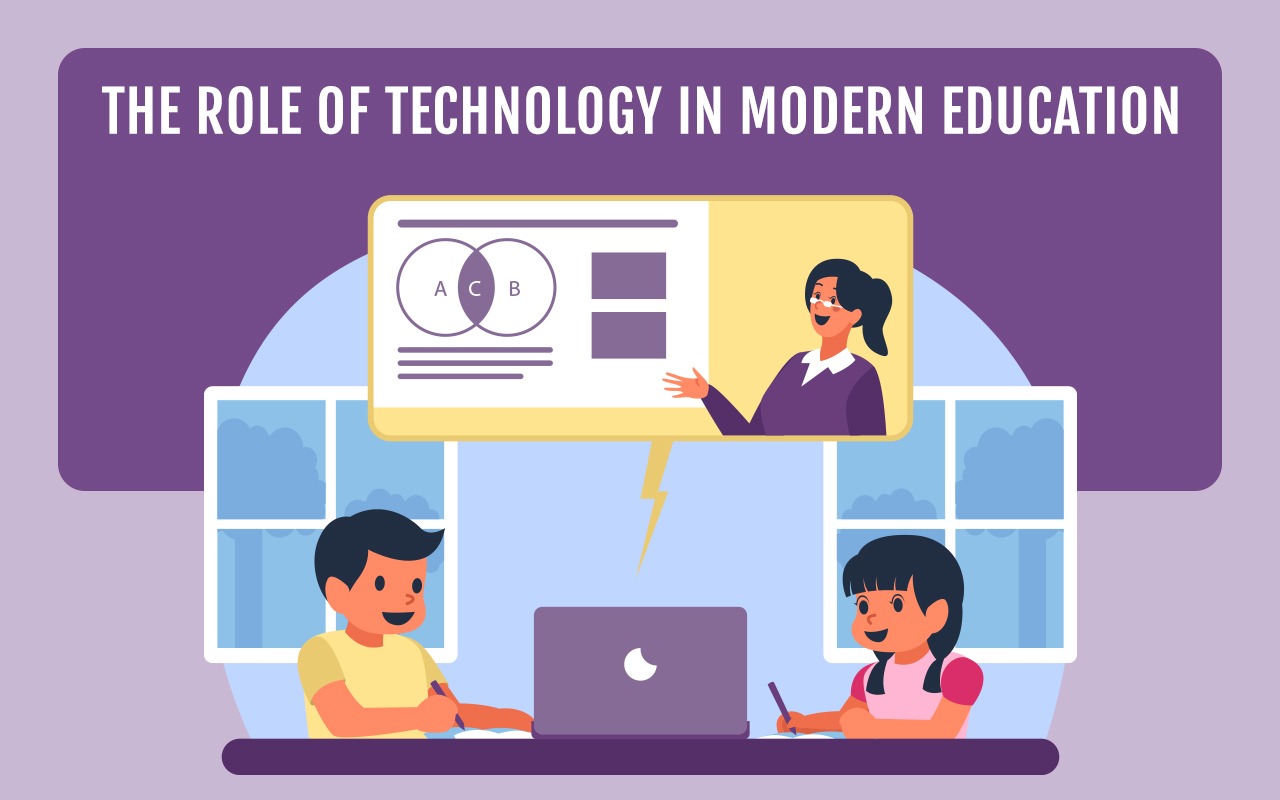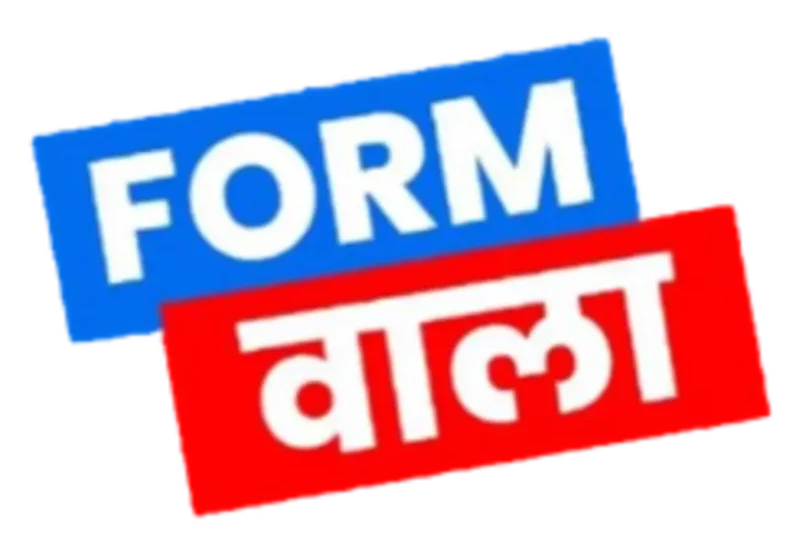Technology has become an essential part of modern education, and its role in transforming Indian classrooms is more significant than ever. Traditional teaching methods that relied heavily on textbooks and rote memorization are gradually being replaced with smart learning techniques, making education more interactive, engaging, and accessible to a larger audience. The integration of technology in Indian schools is bridging gaps in education and preparing students for a future driven by digital advancements.
Easy access to technology in Indian classrooms is one of the most significant contributions it has made. With the emergence of digital platforms and e-learning tools, students from remote areas have been able to access quality education that was hitherto only accessible by students of urban centers. Video lectures, interactive modules, and virtual labs offered online allow for easier comprehension of complex concepts, making learning more student-centric. For digital learning materials available to students as well as for teachers, Government initiatives like DIKSHA, SWAYAM have been in the forefront also.
This trend is mainly realized through projectors, digital whiteboards, and audio-visual aids being introduced in more classrooms, enhancing how teachers engage with students by using animations and real-life simulations. Instead of explaining difficult ideas to students based only on a blackboard or a textbook, these educators use such aids for more effective engagement of the learner.
Technology also introduced personalized learning into the schools. With the help of AI and data analytics, the learning patterns of students can now be analyzed by educational platforms and customized lessons accordingly, based on the strengths and weaknesses of each student. With adaptive learning tools, students are able to move ahead at their own pace so that no one gets left behind. This transition from a one-size-fits-all approach to personalized education is very beneficial for a country like India, where students come from varied backgrounds and have different capabilities.
Another important development of technology in education is online assessment and digital examination. Traditional pen-and-paper examinations are being replaced by computer-based tests that make the assessment process more efficient and transparent. Automated grading reduces the burden of teachers, which makes them have more time to focus on interactive teaching rather than mere administrative tasks. Digital report cards and tools for tracking the performance of students keep parents informed of their child’s academic performance in real-time.
But adoption of technology in Indian classroom faces many barriers. The challenge is the “digital divide”; high-speed Internet connectivity and electronic devices such as laptops and tabs are not common among students across the rural background. Moreover, training for the teacher is mandatory because teachers may use technology inadequately within classrooms. Thus, many traditional teachers still focus on traditional techniques of teaching rather than digital media, and require adequate guidance with relevant resources.
This is a joint effort that the government, educational institutions, and private sectors must work together to bring about complete modernization of Indian classrooms. In this regard, investment in infrastructure, teacher training in digital literacy, and the affordability of technology for students across all strata are essential steps toward this end. Partnerships with EdTech companies can bring the latest innovations in education into classrooms across the country.


